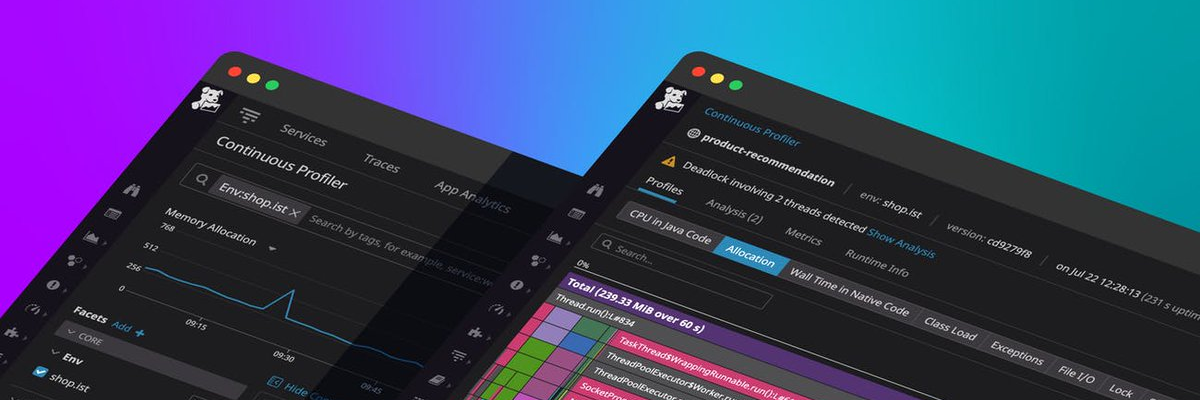Last week I ran into Gerrit Grünwald (@hansolo_) whilst demoing JMC in the Oracle booth at JFokus. I’d built a little RPi sensor board to have in my summer house, and since there is a lot of interest in the Internet of Things, I thought I’d contribute by showing how easy it is to hook up the JMX Console to one of those things.
We also had a very neat demo sporting a plug-in for the JMC console for controlling our resident LEGO robot (caught in an intimate moment with another robot in the picture below).
Anyways, Gerrit wanted to know how to extend the JMC JMX Console with custom JavaFX visualization. Since the Java FX part will be much easier once JDK 8 and JMC 5.3.0 is out, I’ll leave that for a (not too distant) future blog post. Here is the first step though – how to build your own JMC console plug-in!
Preparations
The easiest way to get going is by installing the JMC PDE plug-in into Eclipse.
- Get an Eclipse classic
For JMC 5.2, get Eclipse 3.8.2 up to 4.2.x (Juno)
For JMC 5.3 (out soon), get Eclipse 3.8.2 and any 4.x (Kepler will work fine) - Install JMC from the update site
The update site link can be found here: http://www.oracle.com/missioncontrol
Follow the installation instructions.
Note: Later releases of Eclipse are pickier about certificate validation – if you run into problems because download.oracle.com maps to akamai hosts, try using http instead of https in the update site URL. - Next install the PDE plug-in from the experimental update site
The URL for the experimental update site can be found on the Mission Control page too: http://www.oracle.com/missioncontrol
The plug-in to install is the Development/Java Mission Control PDE Integration one.
Next you need to set the target platform to your JMC installation.
- Go to Preferences
- Type targ in the filter box and select the “Target Platform” node in the preferences tree
- Click Add, to open the wizard for adding a new target platform
- Click next, since you want to start with an empty target definition
- Name the target JMC and click Add
- Select Installation and hit Next
- Select your JAVA_HOME/lib/missioncontrol folder
- Hit Finish
You are now set to start developing your first Mission Control plug-in.
JMC JMX Plug-in Hello World
First we need to create a new plug-in project. Select File | New | Other. Select Plug-in Project and hit next. Name your project and hit next. Name your plug-in and hit next. Now you should be able to select a custom wizard for creating a JMC console plug-in:
Select Simple Mission Control Console Tab Wizard and hit Next. Change the class name and tab name to your liking and finish the wizard. You should now have a new project. With the current 5.2.0 PDE plug-in, you may have a weird compilation error due to an unnecessary import as well. If you do, simply right click on the offending class and choose organize imports to get rid of the import (remember to save the class after fixing the problem):

You can now run Mission Control with your new plug-in by selecting the project and choosing Run As | Eclipse Application from the context menu. If you connect with the management console, you should see something like this:
Building the Plug-in
This is how you build your plug-in:
- Select the plug-in project and choose Export… from the context menu
- In the following wizard, select Deployable plug-ins and fragments
- Select a Directory for where to put the plug-in and hit Finish.
That’s it. You should now have a plug-in jar file.
Installing the Plug-in
How easy it is to install your plug-in depends on the version of JMC you are using.
For 5.3.0 you simply copy the plug-in into the JMC_HOME (i.e. JDK_HOME/lib/missioncontrol) dropins folder. Done!
For 5.2.0 this is quite a lot more elaborate. You first need to generate some p2 metadata. This can be done using Eclipse like this:
eclipse -application org.eclipse.equinox.p2.publisher.FeaturesAndBundlesPublisher -metadataRepository <metadatadir> -artifactRepository <metadatadir> -bundles <pluginsfolder> -compress –publishArtifacts
Where <metadatadir> is where you want the metadata published, and <pluginsfolder> is the plug-ins folder where you exported your plug-in.
For example:
macbookpro:~marcus$ /Users/marcus/Applications/eclipse_4.2.2/Eclipse.app/Contents/MacOS/eclipse -consoleLog -application org.eclipse.equinox.p2.publisher.FeaturesAndBundlesPublisher -metadataRepository file:/Users/marcus/Builds/repo -artifactRepository file:/Users/marcus/Builds/repo -bundles /Users/marcus/Builds/plugins -compress -publishArtifacts
The result in <metadatadir> should be two jars and a plugins folder with your plug-in in it.
Next you need to tell p2 to install the plug-in. JMC includes the p2 director, so installing can be done like this (using sudo for administrative rights – on windows you might want to open a shell with admin rights):
sudo jmc -nosplash -application org.eclipse.equinox.p2.director –repository <metadatadir> –installIU <pluginname>/<full version> -destination <jmchome> -profile JMC
For example:
macbookpro:~marcus$ sudo /Library/Java/JavaVirtualMachines/jdk1.7.0_45.jdk/Contents/Home/lib/missioncontrol/Java\ Mission\ Control.app/Contents/MacOS/jmc -nosplash -application org.eclipse.equinox.p2.director -repository file:/Users/marcus/Builds/repo -installIU se.hirt.blogs.jmxconsole/1.0.0.201402132124 -destination /Library/Java/JavaVirtualMachines/jdk1.7.0_45.jdk/Contents/Home/lib/missioncontrol/ -profile JMC
Uninstalling
If you wish to uninstall the plug-in, you just remove it from the dropins folder in 5.3.0. For 5.2.0 you use the uninstallIU command:
sudo jmc -nosplash -application org.eclipse.equinox.p2.director –uninstallIU <pluginname>/<full version> -destination <jmchome> -profile JMC
For example:
macbookpro:~marcus$ sudo /Library/Java/JavaVirtualMachines/jdk1.7.0_45.jdk/Contents/Home/lib/missioncontrol/Java\ Mission\ Control.app/Contents/MacOS/jmc -nosplash -application org.eclipse.equinox.p2.director -uninstallIU se.hirt.blogs.jmxconsole/1.0.0.201402132124 -destination /Library/Java/JavaVirtualMachines/jdk1.7.0_45.jdk/Contents/Home/lib/missioncontrol/ -profile JMC
Summary
This blog entry described how to create a custom plug-in for the Java Mission Control JMX Console, and how to install the newly created plug-in. The installation process of custom plug-ins is simpler in the upcoming 5.3.0 version of Mission Control.







There is a known issue with installing custom plug-ins in version 5.3.0 , the workaround for that is in the release notes
http://www.oracle.com/technetwork/java/javase/jmc53-release-notes-2157171.html#jmc2879